Primal Scream
A cry in the night not like the worried whistling of a hare or the sorrowful lament of a deer A cry as old as time itself the wild growling of a mother bear in her cave like loud thunder in the mountains unrestrained like the stormy sea Lightning as if the sky touched the earth then silence and in that silence the quiet cry of a newborn
The poem above was written while making preparations for my first freebirth.
These words are printed on the exact spot my son was born a few weeks later (although during warmer weather).
Contents
Introduction
In the beginning
Our life on this earth starts with birth and ends with death. We are all born and we all die at some point. There is nothing which touches us more in our being than birth and death, the beginning and end of our life.
To take away some of the threat of mortality, humankind has introduced rituals, traditions and taboos. Standard procedures that reassure us when there is nothing else to reassure. This book is about birthing and about the time in which a woman is with child. About the time in which we would like to drift in the sea of life in the expectation of new horizons, if it werent for all the health warnings and advice from well meaning people on the shore.
 When people hear that a woman has birthed her baby without hospital, without midwives or any other help, possibly even intentionally they are usually incredulous.
When people hear that a woman has birthed her baby without hospital, without midwives or any other help, possibly even intentionally they are usually incredulous.
How daring! Isnt it extremely dangerous, irresponsible even? How does the woman know what to do? What does she do with the umbilical cord?
The reaction is much less dramatic, trite even, when telling the exact same story about a cat. Even though she has done exactly the same: without hospital, without midwife, without help. All by herself.
And generally she wont have just birthed one baby, but four or five. In a dusty, or at least non sterile, corner in the house. She opened the amniotic sacs of her babies one by one and ate them, severed the umbilical cords and licked every newborn clean.
After this loving welcome, one kitten after the other crawled along mamas cosy fur and found a teat, on which it will spend many snuggly hours from now on.
Didnt this mother cat do well? She never had any notes or an estimated date of birth. No one listened to her babies heartbeats or monitored her contractions. No one checked her dilatation. No one told her when to start pushing.
No one protected her perineum or prepared a coffee compress. She also didnt prepare for birth by massaging her own perineum in the weeks preceding birth. And she also didnt attend a course on how to look after a bunch of newborn kittens.
Despite all this, she knew exactly what to do, instinctively. And what did she need to be able to do this? Nothing. Except for a quiet, dry place.
It is not only cats who birth like this. Birds, rabbits, mice, foxes, deer, monkeys and elephants seek out a safe place for the birth of their babies: a nest in a tree, a cave, a crack in a rockface, a grassy den or, alternatively, they are surrounded by members of their pack or herd. This is where they birth their offspring protected from predators and interruptions, entirely unspectacularly, without technical surveillance or medical help, under their own steam. Freebirth is a tried and tested phenomenon in the animal kingdom.
Only we humans somehow fall out of this norm, especially the modern human. Is that because evolution made us walk upright and gave us bigger heads for our growing intelligence and therefore made birth more difficult?
 But how do we explain all the reports from different indigenous people (during a time when they were hardly touched by Western civilisation) about quick, effortless births that astonished so many Western observers? Births alone in a remote hut, alone during the night, during work in the fields, births in the presence of a trusted wise woman easy births certainly seemed the norm rather than the exception.
But how do we explain all the reports from different indigenous people (during a time when they were hardly touched by Western civilisation) about quick, effortless births that astonished so many Western observers? Births alone in a remote hut, alone during the night, during work in the fields, births in the presence of a trusted wise woman easy births certainly seemed the norm rather than the exception.
Why this was possible then and not now is not the subject of research trials, however. No one believes that a quick, easy, joyful birth is possible anyway.
We would much rather advocate quick pain relief in the form of an epidural to render a womans abdomen and pelvis without sensation.
The impression is that easy births are rare. Positive births are all about luck, and maybe its not really all that important anyway. The main thing is that the baby is healthy. is a saying heard often.
Does it not matter anymore how women experience birth in modern society? In the name of safety and responsibility for our children, women are often deprived of a positive and empowering birth experience. Why take risks and trust mother nature when expensive technology, experienced doctors and close monitoring can do a better job?
My journey to freebirth
My first foray into modern obstetrics happened before my first pregnancy. During my time in medical school I had various shorter placements in hospitals as well as a whole year at a later point in my studies.
I knew I wanted to have children and used the opportunity to take up a placement in the obstetrics and gynaecology department of my local hospital. I didnt have any preconceived ideas about birth, was curious and excited about every birth I was allowed to attend. Once I even saw twins born. And once, but only once did I witness a birth in an upright position, rather than with the woman on her back, as usual. I observed the organisation of the nursery and assisted with caesarean sections. I had to suction the amniotic fluid as soon as the amniotic sac was opened.
The doctors were all relatively nice. The midwives were all very different. I still remember one very young midwife who attended the upright kneeling birth mentioned above with me. Her cheeks always turned bright red as birth approached and she never had to check the mothers cervix to know it was fully dilated. This gut feeling impressed me amidst all the technology and monitoring.
My next experience of obstetrics was during my year long placement. I was married by then, pregnant with my first baby and was therefore hardly allowed to do anything clinical such as take bloods. Watching was allowed though and watch I did.
This time my placement was in the biggest hospital in town. I spent two month in the very labour ward I was born in myself. The midwives were the type famous in the former East Germany and tone in general was regimental.
The women were shouted at and insulted if they didnt follow the midwives instructions. A generous episiotomy was routine and seemed very painful although the women were usually reassured that it wouldnt be. The student midwives tried to trump each other with the the numbers of episiotomies they had performed.

Next page


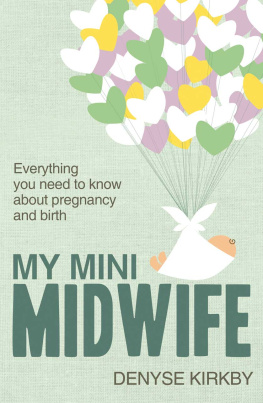
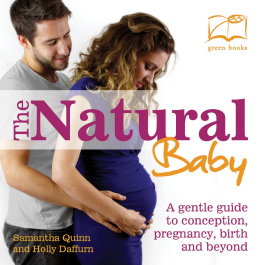
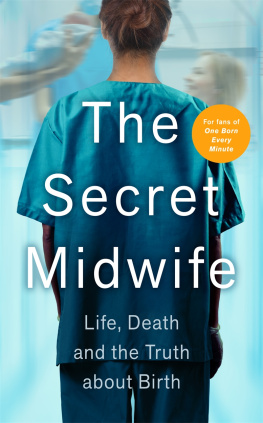
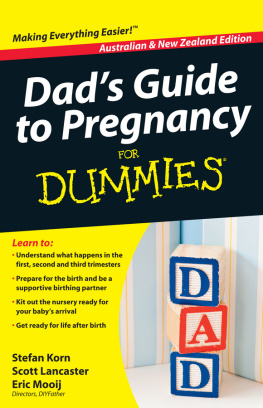
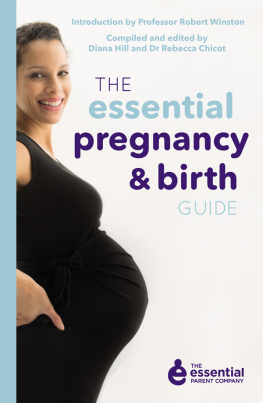
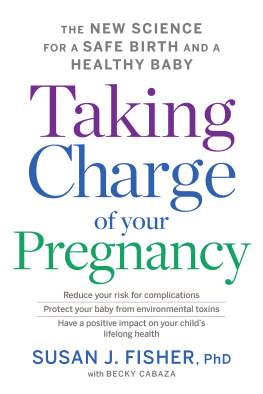
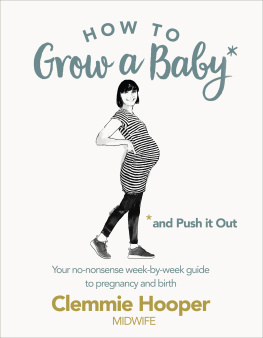
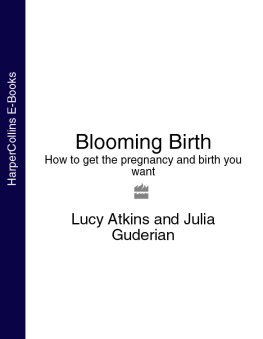



 When people hear that a woman has birthed her baby without hospital, without midwives or any other help, possibly even intentionally they are usually incredulous.
When people hear that a woman has birthed her baby without hospital, without midwives or any other help, possibly even intentionally they are usually incredulous.